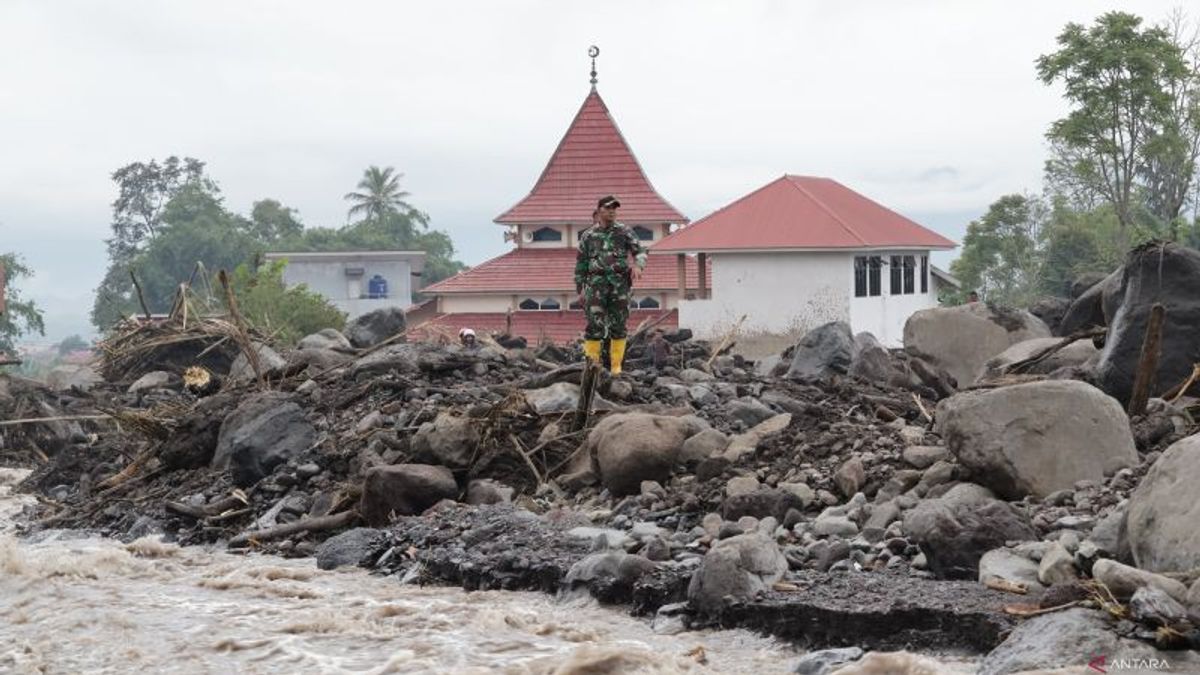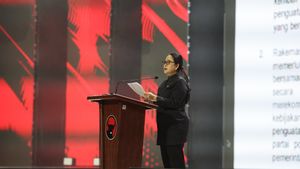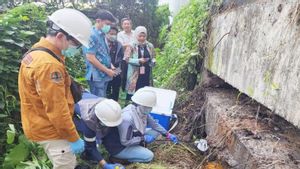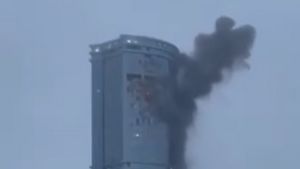PADANG - The National Disaster Management Agency (BNPB) together with the BMKG and the Center for Volcanology and Geological Hazard Mitigation (PVMBG) have started designing a community-based early warning system (EWS) in an effort to prevent flash floods in West Sumatra.
"The EWS model being designed by the BMKG team is a community-based early warning system," said Head of Padang Panjang Geophysics Station Suaidi Ahadi in Padang, as reported by Antara, Sunday, May 26.
The draft flash flood early warning system is a follow-up to President Jokowi's direction in order to accelerate the emergency handling of cold lava floods or galodos that hit the Minang area some time ago.
Various evaluations were carried out to develop an effective early warning system for the potential for rain lava or galodo floods based on the disaster experience that occurred on Saturday, May 11 last night.
"Currently, the BMKG is proposing strengthening and monitoring related to early warnings of floods and landslides around Mount Marapi," said Suaidi.
The concept designed by BMKG is the installation of river monitoring tools using radar that can monitor the level of river water. This is based on the results of river monitoring in areas affected by flash floods that have the type of intermittent river.
This type of river depends on the season that is happening. If the rainy season, the water discharge will increase drastically but during the dry season the water drys. The intermittent river is also known to fluctuate extremeally between the two seasons.
Suaidi explained that the EWS would simply confirm the early warning issued by the BMKG from the weather and ground vibrations. If the EWS alarm reads, the disaster preparedness community owned by the Wali Nagari (village head) around Mount Marapi immediately coordinates to carry out independent evacuations.
To prevent repeated cold lava floods that can cause casualties, the BMKG noted that at least 23 points of EWS installation were needed in Agam Regency, Tanah Datar and Padang Panjang City.
"Hopefully, if these 23 points are installed with EWS, they will be in line with the development of an early warning community, and the evacuation from the nagari," he said.
Along with BMKG, the BNPB team is currently surveying the location of the EWS installation point. The survey was conducted using drone technology or through monitoring areas from the air using helicopters.
The BMKG proposal will later be discussed in more detail with PVMBG including hearing and considering other proposals submitted by academics. So that the EWS equipment built is effective as a need for information at the community level.
"We are targeting the installation of an early warning system unit to be implemented this year," he hoped.
SEE ALSO:
The English, Chinese, Japanese, Arabic, and French versions are automatically generated by the AI. So there may still be inaccuracies in translating, please always see Indonesian as our main language. (system supported by DigitalSiber.id)
Most Popular Tags
#Prabowo Subianto #New Year #Mother's Day #nataru #NatalPopular
22 Desember 2024, 05:34
22 Desember 2024, 00:05
22 Desember 2024, 01:06
22 Desember 2024, 06:15

















